Defpuma - Untitled
More Posts from Defpuma and Others
The Indian Placement Program
From 1956 to 1996, the Mormon Church operated a program where Native American kids were baptized and placed in Mormon foster homes during the school year. The idea was fostering would “lighten” them. The Mormon Church teaches that Native Americans were originally white, but God punished them, and made them darker.
It began being criticized in the 1970s for weakening the children’s connection to their Native American families and communities, and causing psychological damage. And today the Mormon Church is being sued in tribal court for allegations of abuse while in their foster homes.
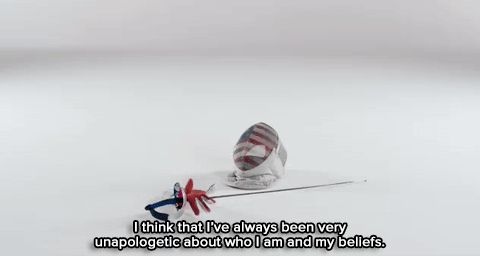


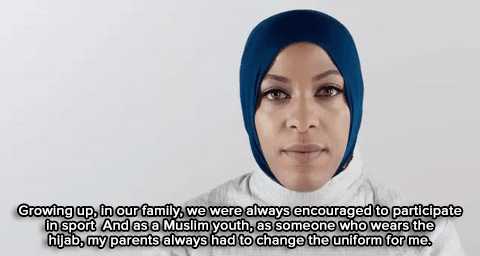
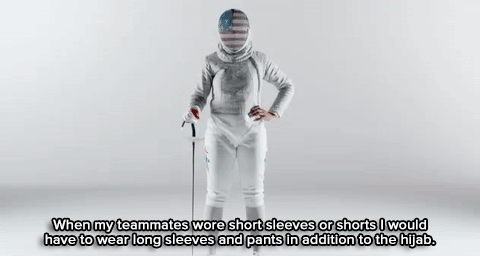
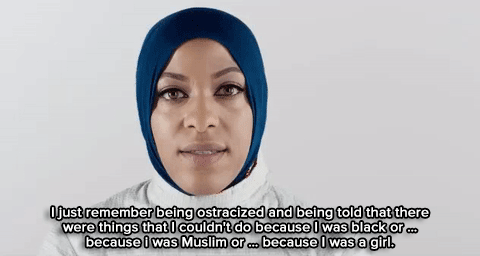
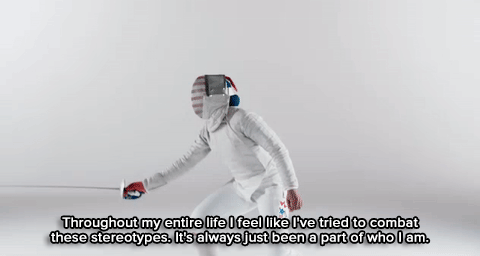
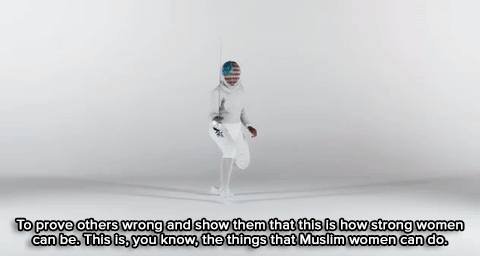
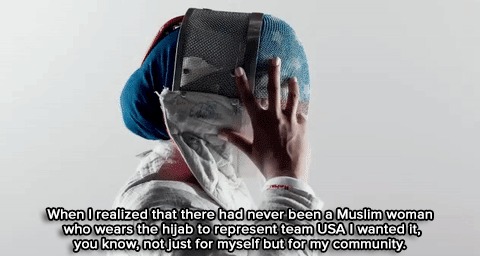

Watch: Ibtihaj Muhammad is such an inspiration
follow @the-movemnt for more about race, representation and justice


Paleontologists Find 278-Million-Year-Old Amphibian, Reptile Fossils in Brazil
http://www.sci-news.com/paleontology/science-amphibian-reptile-permian-fossils-brazil-03415.html

Reflections of Mt Hood | © Photographer | LFST


Netflix’s new site is a giant “f*ck you” to Comcast and Time Warner
Netflix launched a site late Wednesday night called Fast.com, where — in one click — anyone browsing the internet can see how fast their internet speed is. Although it’s great for consumers, some internet providers might not be happy about the new website.
Follow @the-future-now



The “dinosaur bones” that you see on display at the Museum aren’t really bones at all. Through the process of fossilization, ancient animal bones are turned into rock.
Most ancient animals never became fossils. Their carcasses were likely consumed by other organisms, or worn away by wind or water. But sometimes the conditions were right and their remains were preserved. The most common process of fossilization happens when an animal is buried by sediment, such as sand or silt, shortly after it dies. Its bones are protected from rotting by layers of sediment. As its body decomposes all the fleshy parts wear away and only the hard parts, like bones, teeth, and horns, are left behind. Over millions of years, water in the nearby rocks surrounds these hard parts, and minerals in the water replace them, bit by bit. When the minerals have completely replaced the organic tissue, what’s left is a solid rock copy of the original specimen.
Learn more on the Museum’s Dinosaur website.
-
 runningmeanforapharmd liked this · 7 years ago
runningmeanforapharmd liked this · 7 years ago -
 defpuma reblogged this · 8 years ago
defpuma reblogged this · 8 years ago
